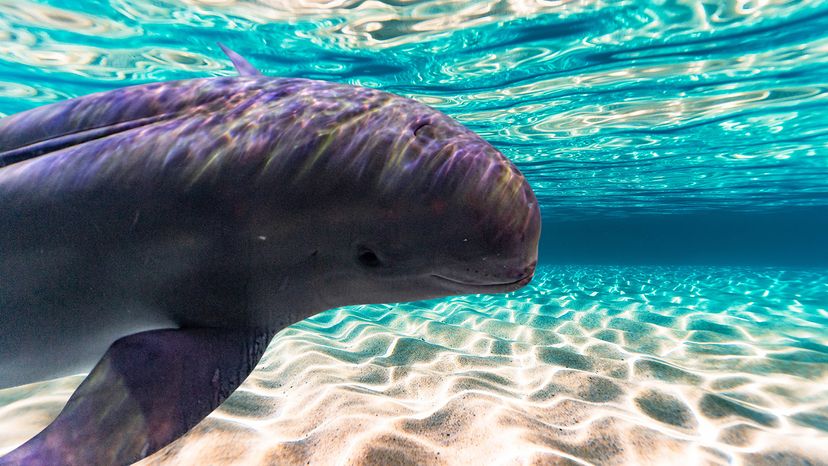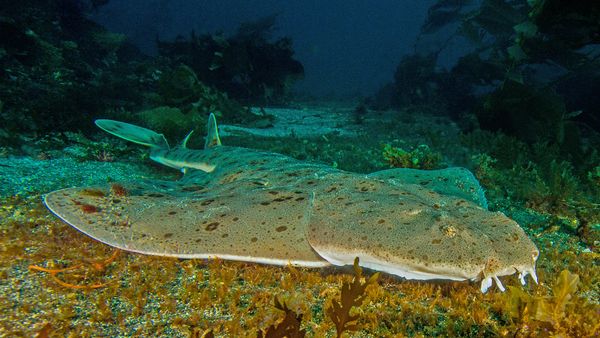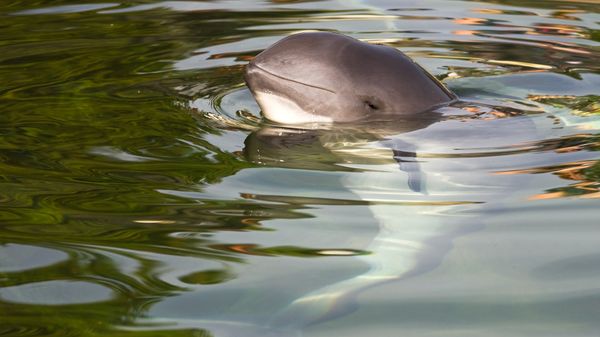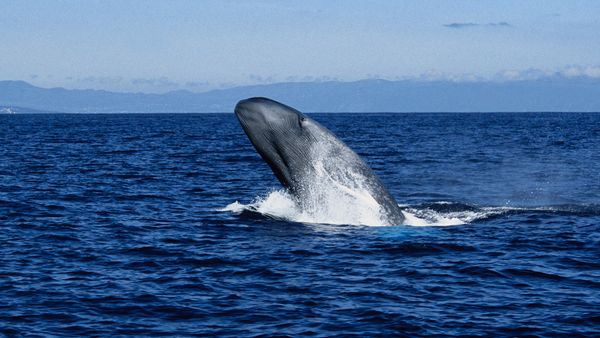Despite the dire situation, there is hope for the Yangtze finless porpoise. Efforts are being made to protect and conserve this critically endangered species.
One significant development is the enactment of the Yangtze River Conservation Law in 2021, which banned fishing in the Yangtze River (including in its tributaries) for a period of 10 years. This measure aims to allow the porpoise populations to recover and stabilize.
Reserves and Captive Breeding Programs
The establishment of reserves has played a crucial role in the conservation of the Yangtze finless porpoise. Seven natural reserves and two semi-natural reserves have been created to safeguard the remaining populations.
These reserves provide protected areas where the porpoises can thrive and reproduce.
Another critical aspect of conservation efforts is captive breeding programs. Since 1996, the Institute of Hydrobiology of the Chinese Academy of Sciences has successfully cared for a limited number of finless porpoises.
Some of these porpoises, caught or rescued from the Yangtze River, were reintroduced into a semi-natural reserve called Tian'e-Zhou, where they have successfully bred. These programs offer hope for the future of the species by ensuring biodiversity and providing opportunities for reintroduction into the wild.
Restoring Habitat Connectivity
Restoring habitat connectivity is a crucial step towards preserving the Yangtze finless porpoise. The fragmentation of their habitats has significantly impacted their ability to move between different sections of the river, hindering their access to food sources and breeding grounds.
Efforts are underway to reconnect floodplain lakes with the main stem of the Yangtze River, allowing for the migration of species and the restoration of seasonal flows. This not only benefits the porpoises but also contributes to the overall health of the ecosystem.
Education and Awareness
Education initiatives, such as workshops and outreach programs, play a vital role in the conservation of the Yangtze finless porpoise.
Raising public awareness about the plight of these unique creatures and the importance of their conservation can encourage local communities, fishers and stakeholders to engage in sustainable practices that support the long-term survival of the species.
We created this article in conjunction with AI technology, then made sure it was fact-checked and edited by a HowStuffWorks editor.



